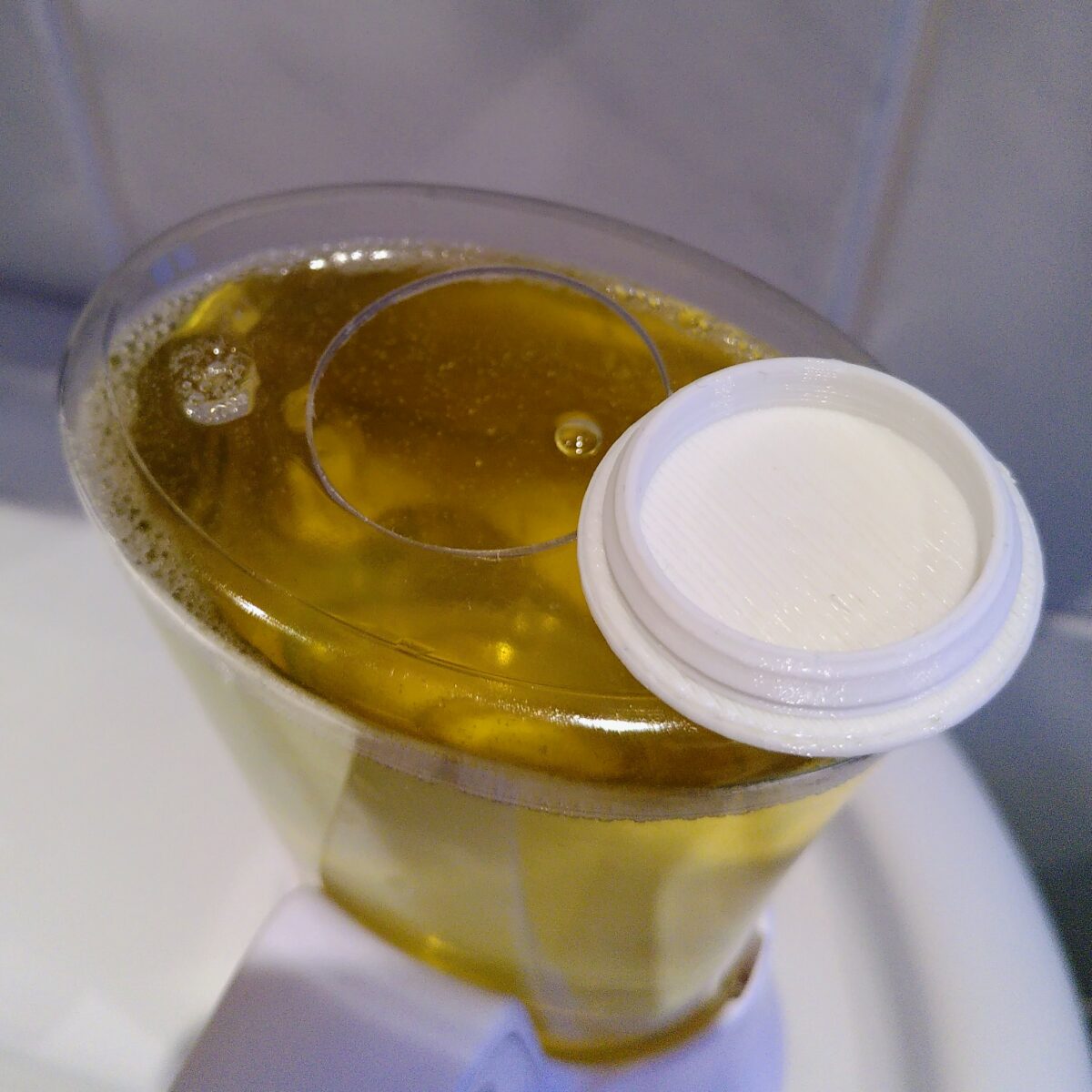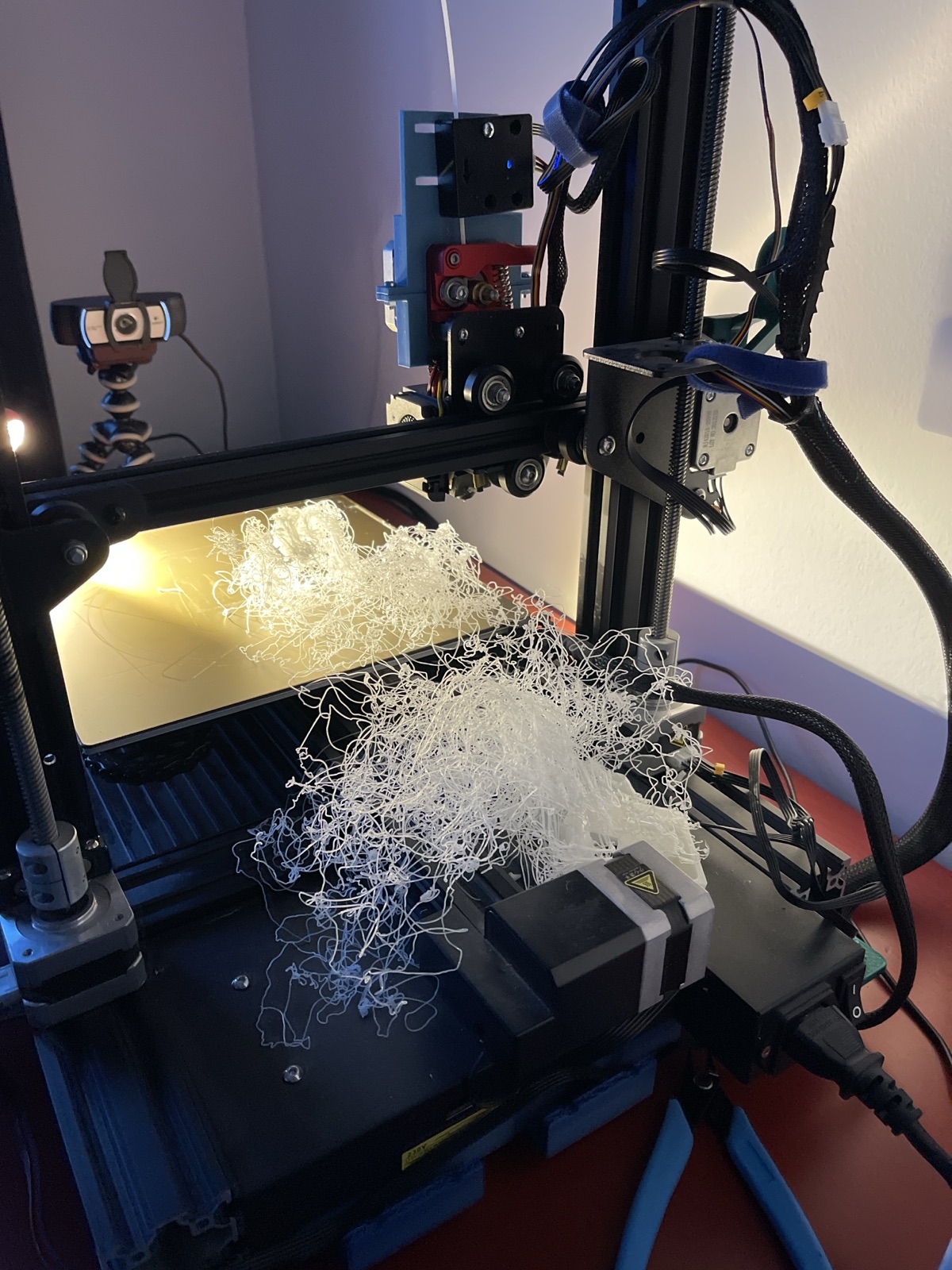English below.
Ich mag Flüssigseife und ich mag kontaktlose Seifenspender. Das Problem, es ist weder besonders nachhaltig, noch günstig die Seife in Kunststoffkartuschen zu kaufen. Ähnlich wie bei Druckerpatronen, ist man auch hier an den jeweiligen Hersteller des Spenders gebunden, um neue Seife zu kaufen.
Es ist jedoch sehr einfach diese Behälter zu verändern, um sie selbst nachfüllen zu können: Loch bohren, Deckel drauf, fertig!
Um im (leeren) Behälter ein Loch zu bohren eignet sich besonders gut ein Forstnerbohrer oder eine kleine Lochkreissäge. Um die Öffnung wieder zu verschließen, kann zum Beispiel ein passender Dichtstopfen im Baumarkt oder online besorgt werden. Falls ein 3D-Drucker verfügbar ist, lässt sich ein geeigneter Deckel schnell drucken, zum Beispiel mit diesem variablen OpenSCAD Modell: Thingiverse Link.
Der Stopfen muss nicht wirklich dicht sitzen, er dient hauptsächlich als Staubschutz. Nun kann eine beliebige Flüssigseife nachgefüllt werden. Nachhaltiger und / oder günstiger: in größeren Gebinden gekauft, im Unverpackt-Laden selbst abgefüllt, oder aus fester Seife selbst gemacht.
In English:
I like liquid soap and automatic soap dispensers. Unfortunately, it’s not very sustainable and cheap to buy liquid soap in those small plastic containers, which can only be used once. Similar to printer cartridges you are tied to the brand of the dispenser manufacturer, to buy new soap.
But there is a very simple solution to the problem, so you can refill these containers by yourself: drill a hole, print a lid for it – finished.
Most suitable to drill a hole in an (empty) container is an Forstner drill, but you can use any tool you want to. To close the new hole, you can buy a cap with the right diameter in a hardware store – or print one. With this 3D model you can customize a cap for almost every hole shape in OpenSCAD: Thingiverse Link
The cap doesn’t have to seal the hole tightly, the main purpose is to protect the soap from dust and dirt. Now you can refill the container with any liquid soap you like. More sustainable or cheaper one, soap form big packages, in a store without packaging where you can buy products to fill them into your own containers, or homemade from solid soap.


